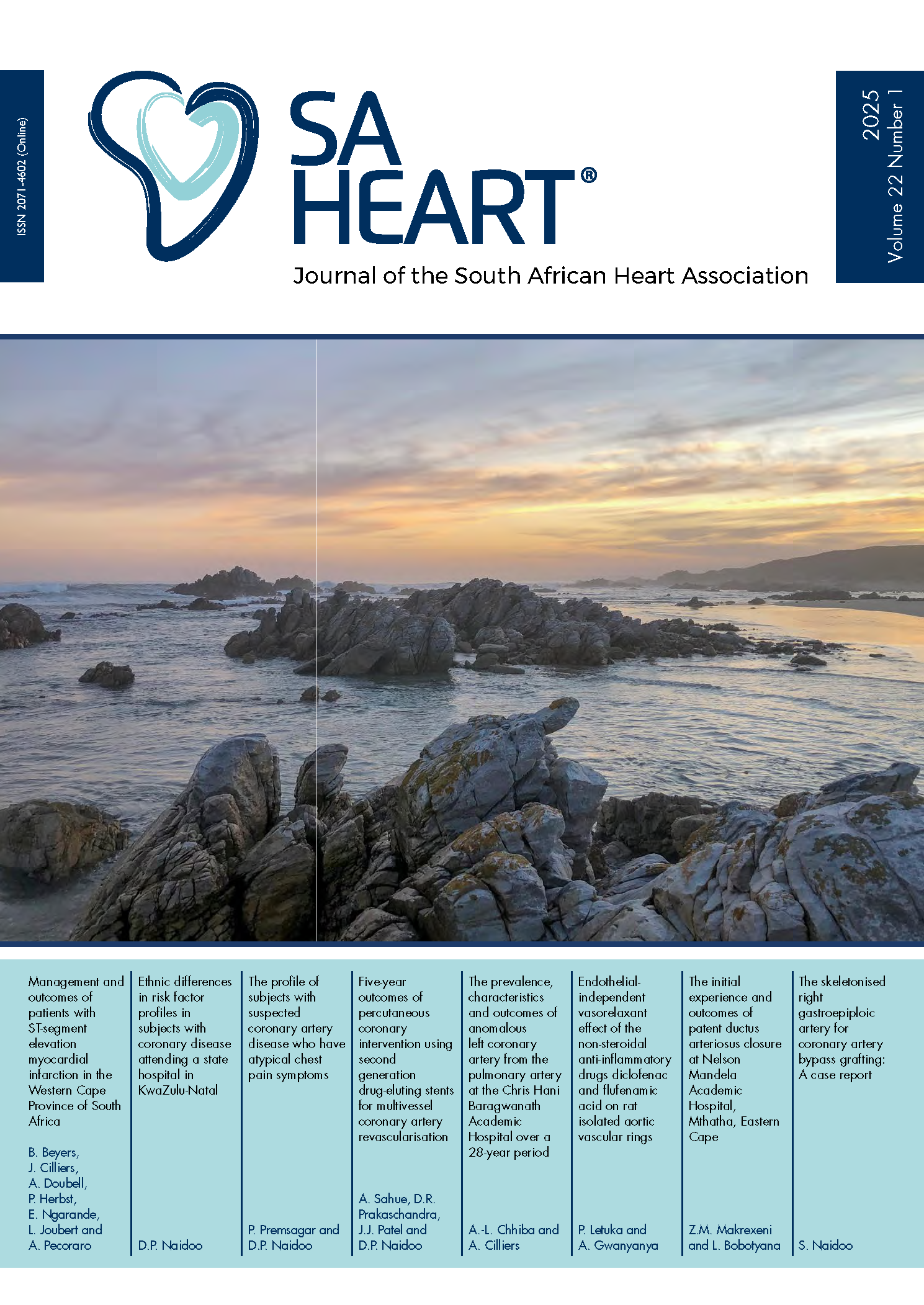Endothelial-independent vasorelaxant effect of the non-steroidal anti-inflammatory drugs diclofenac and flufenamic acid on rat isolated aortic vascular rings
DOI:
https://doi.org/10.24170/22-1-5327Abstract
Background: Diclofenac is a non-steroidal anti-inflammatory drug (NSAID) that is frequently prescribed as an analgesic agent. Most of the NSAIDs’ pharmacological effects are attributed to the inhibition of cyclooxygenase
(COX) enzymes, but they also have COXindependent actions. Notably, diclofenac has substantial cardiovascular side effects, of which the underlying mechanisms are not fully understood.
Aim: We investigated the effect of diclofenac and the structurally-related COX-inhibiting NSAID flufenamic acid on the contractile activity of aortic vascular rings.
Methods: The contractile force of rat aortic rings was measured using a tension transducer coupled to a PowerLab data-acquisition system. Diclofenac or flufenamic acid was applied on phenylephrine pre-contracted aortic rings. Carbachol was used to induce endothelialdependent relaxation, whereas the endothelial function was eliminated by denudation of the intimal surface.
Results: Diclofenac induced a dose-dependent relaxation of phenylephrine pre-contracted aortic rings (EC50≈10μM), but had no effect on unstimulated rings. The addition of carbachol to diclofenac, significantly induced further relaxation. Similar results were obtained with flufenamic acid. In endothelium-denuded vessels, either diclofenac or flufenamic acid induced a relaxation of phenylephrine pre-contracted aortic rings, and carbachol had no additional effect.
Conclusion: Diclofenac and flufenamic acid induced aortic vascular relaxation through an endothelial-independent
mechanism, but the involvement of COX inhibition cannot be ruled out. The results shed novel insights into the potential therapeutic or adverse effects of diclofenac on vascular function.
Downloads
Downloads
Published
How to Cite
Issue
Section
License
This journal is an open access journal, and the authors and journal should be properly acknowledged, when works are cited.
Authors may use the publishers version for teaching purposes, in books, theses, dissertations, conferences and conference papers.
A copy of the authors’ publishers version may also be hosted on the following websites:
- Non-commercial personal homepage or blog.
- Institutional webpage.
- Authors Institutional Repository.
The following notice should accompany such a posting on the website: “This is an electronic version of an article published in SAHJ, Volume XXX, number XXX, pages XXX–XXX”, DOI. Authors should also supply a hyperlink to the original paper or indicate where the original paper (http://www.journals.ac.za/index.php/SAHJ) may be found.
Authors publishers version, affiliated with the Stellenbosch University will be automatically deposited in the University’s’ Institutional Repository SUNScholar.
Articles as a whole, may not be re-published with another journal.
Copyright Holder: SA Heart Journal
The following license applies:
Attribution CC BY-NC-ND 4.0

